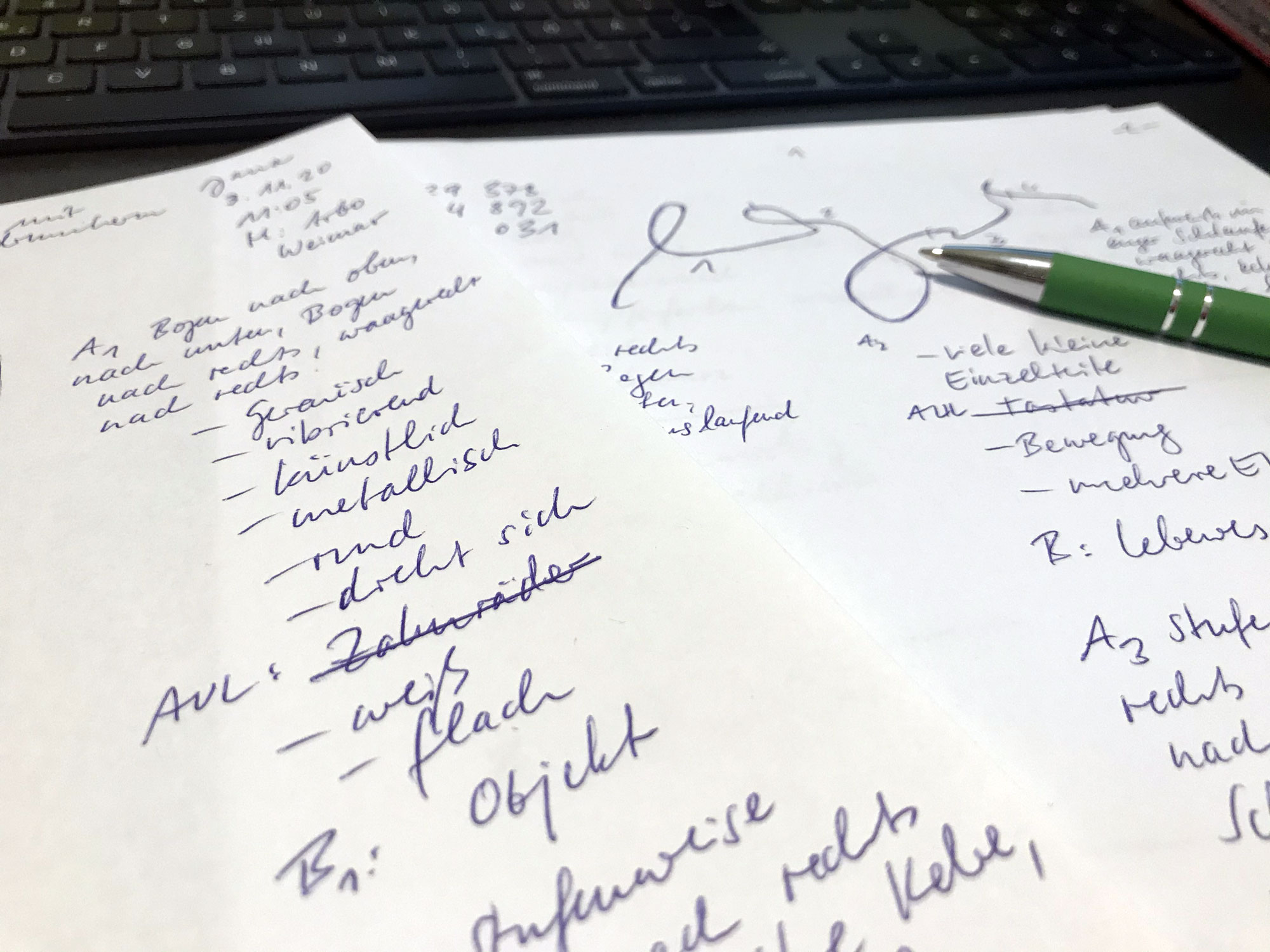What is Remote Viewing?
The remote viewing technique known today as “Remote Viewing” (RV) first reached Germany in 1996. It was developed in the USA since the 1970s to harness the PSI abilities naturally present in humans.
Development of the method began in 1972 at the Stanford Research Institute (SRI) in California. Soon measurable successes were achieved there, so that subsequently the secret services CIA and NSA transferred the research into a military project. A military remote viewing unit was established at the Fort Meade site and maintained until the early 1990s, flanked by other research projects. Well-known names from this period are Paul H. Smith, Tom McNear, Joe Mc Moneagle, Edward Dames, Lyn Buchanan, Ingo Swann or Pat Price. Some of the viewers went into business for themselves from 1990, for example with the company “PSI tech”, but the cooperation of the individual personalities did not work smoothly. However, when the military project was officially declared over in 1995 and theFreedom of Information Act (FOIA) made the method public, the way was paved for further training of private individuals.
Heute, mehr als zwei Jahrzehnte nach der Veröffentlichung der ursprünglichen Methodik, vereinen sich unter dem Dachbegriff „Remote Viewing“ ein gutes Dutzend verschiedene Varianten. Im weitesten Sinne geht es hierbei um verschiedene technische Ansätze, Weiterentwicklungen oder auch nur Namensschöpfungen, mit denen sich Anbieter auf dem sehr kleinen Markt voneinander abzugrenzen suchen. Den meisten gemeinsam sind jedoch zwei Grundprinzipien: Die Teilung der Arbeit in die Rollen von „Viewer“ und „Tasker/Monitor“, wobei der Viewende grundsätzlich keine Ahnung von Art und Inhalt der Fragestellung hat und durch die zweite Person innerhalb der erweiterten Wahrnehmung quasi navigiert wird, und die Nutzung eines strikten Arbeitsprotokolles mit festgelegten Stufen, dass die Verlagerung des Wahrnehmungsprozesses auf extrasensorische Kanäle ermöglicht.
The use of the protocol is also possible in solo work under certain conditions, but only the splitting of the roles allows a deep dive into the information fields and a differentiated search for details. The CRV (Coordinate Remote Viewing) protocol we mainly use is based on the method of addressing the target area by means of so-called coordinates.
Obtaining information from a “universal field” (the viewers at Fort Meade coined the term “matrix” for this at the time) is something that is also used in various other PSI techniques, from clairvoyance to precognition to various oracle techniques. The striking difference, however, is that protocol-based remote viewing is the only technique that addresses the fundamental issue of analytical overlay of raw data by the interpretive mind of the receiver and has developed an effective methodology to minimize this source of error. At the same time, the protocol-based work allows a more precise analysis of the data situation, thus enabling the evaluation of the sessions by third parties, which means an additional objectification.
As a result of the work, we always receive logged, comprehensible data collections that are largely free of personal interpretations.
Remote viewing by order
MEANS AND POSSIBILITIES
Many different questions can be researched with remote viewing. The possibility of illuminating places and situations and looking for solutions, regardless of time and space, is particularly appealing. But don’t expect miracles – even the best remote viewer doesn’t have a 100 percent hit rate. The method is not infallible and has the character of recommendation or advice.
Information obtained through remote viewing are only recommendations or advice without guarantee. We recommend that you do your research and consider all available information on the basis of logic and rationality. In the health sector in particular, the following applies: The content of the sessions cannot and should not be used to independently make diagnoses or start treatments.







